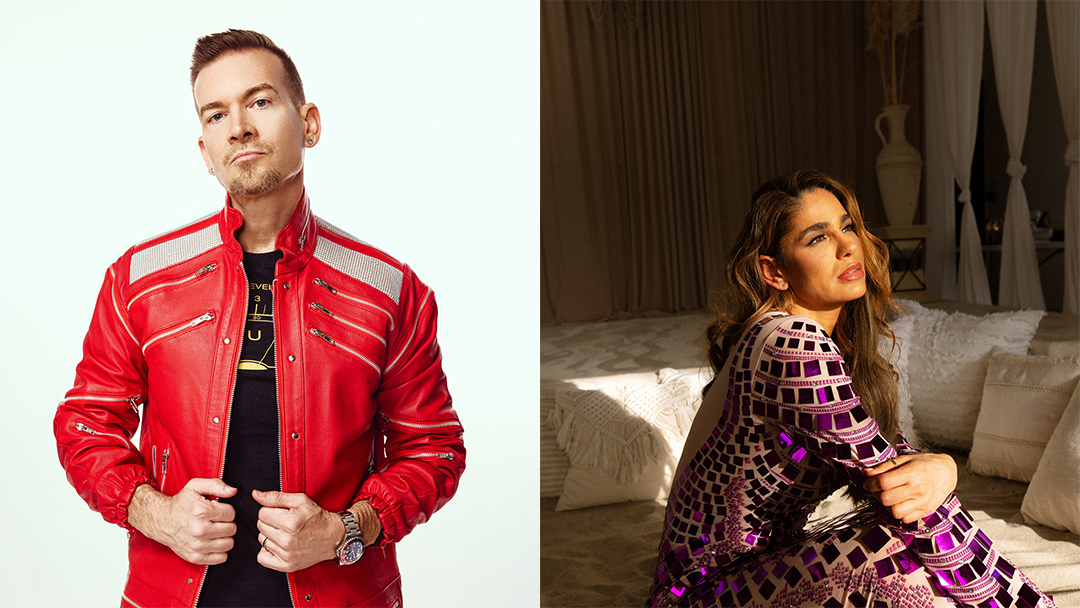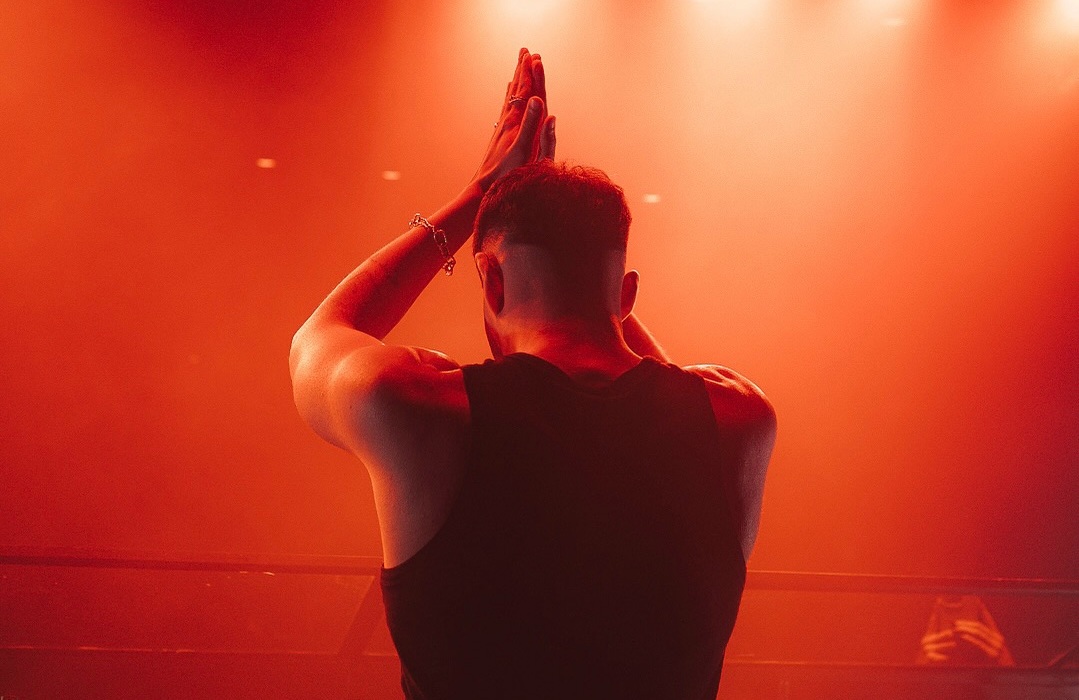Yoshihiro Togashi’s series Hunter x Hunter is a very successful manga in its own right, with a unique power system, a wondrous world and many interesting characters. Its high quality and fan-favorite status beg the question of why it falls short of 'Big Three' shonen status. The answer to this question may lie in its complexity, sporadic publication schedule and some issues with both its protagonists and antagonists.
What is the ‘Big Three’?
Shonen Jump’s Big Three consists of Naruto, Bleach and One Piece. As the name suggests, it encompasses the three biggest shonen anime/manga. Recently, fans have called into question the term's relevancy, with both Naruto and Bleach having concluded and the latter having fallen significantly in popularity.
The concept of the Big Three may also only hold true relative to the Western audience. These three series made a much bigger impact than Hunter x Hunter in American fandom, in large part due to having successful anime series airing on Cartoon Network at the peak of the anime boom. In Japan, however, Hunter x Hunter surpasses Bleach's sales from a volume-by-volume standpoint. This may substantiate claims of the term "Big Three" being a Western fan construct, or at the very least, prove that the term is based on total series sales. The Big Three have sold over 100 million copies in their total runs, a number Hunter X Hunter falls short of.
Whether or not the fan construct of the Big Three is even valid, it's worth discussing whether Hunter x Hunter ever had the potential to break into the ranks, or maybe even exist in a "Big Four." This article will explain why Hunter x Hunter failed to reach the highest echelons of shonen fandom success.
Hunter x Hunter is deceptively complex
Though at first glance it may appear similar to any other light-hearted shonen, HxH broke new ground when it comes to power systems and arc structure. It's arguably too complex for the casual viewer. The show's power system requires one to learn a lot of details to really enjoy it, and each arc refrains from building up to a standard hero vs. villain-type ending. Being so complex makes it less likely to be recommended to new anime fans, and a big part of what makes the Big Three so iconic is that they would regularly be the go-to series for kids and teens just getting into anime and manga for the first time.
It doesn't publish regularly
One Piece has released 990 chapters and 97 tankōbon volumes. Despite starting just one year after One Piece, Hunter x Hunter has released a mere 36 volumes, and the series is nowhere near completion. Yoshihiro Togashi has sacrificed the prospect of greater commercial success in favor of writing at a leisurely pace. Although healthy for creativity, it's prevented the series from staying in a hot topic of conversation the way One Piece still is and Bleach and Naruto once were.
Gon is too perfect for an imperfect audience
Gon Freeccs is the main character in the series. An unbridled idealism, unfounded positivity and uncritical bias make for a slightly one-dimensional character. He sees the world in back and white -- the antithesis of how a character like Naruto finds the grey in people. The Big Three's heroes have struggled their way to the top. Not only is Gon a happy-go-lucky child, but he's also plain lucky -- having been gifted an iron will, a moral compass made of steel, a bucket full of talent, and a cheery disposition.
We, as an imperfect audience, like to see ourselves in our favorite characters -- struggle makes a character appear more human, making them more relatable. Yes, Gon has had his fair share of challenges, but with his relatively easy rise to the top in terms of power and nen-mastery, it's difficult to see him as an everyman on a hero's journey.
A family-unfriendly villain
The main antagonist Hisoka is a mysterious character who possesses the unique ability to be just as easily hated as he is admired. Everything about him is questionable. His unusual proclivities, fickle allegiances and questionable intentions make him a character that will make you question yourself for sympathizing with him. Throw in some perverted moans, brazen tooshie staring and creepy tongue licking, and it's easy to see why he may come across as a pervert to a casual viewer. While there is sexual content in the Big Three, the fact Hisoka acts so creepily specifically around children makes Hunter X Hunter feel a lot less family-friendly. Even if he is simply expressing lust for power rather than actual lust, his desires are at times portrayed in a distasteful manner.
Togashi favors character design over character development
From Meruem, the main villain of the "Chimera Ant" arc, we can derive Togashi's modus operandi. Meruem encompasses many of Togashi's stylistic choices, so we can look to him as a microcosm of Togashi’s overall writing style. Namely, he lacks an overtly aesthetic character design, with Togashi favoring writing-based character development instead. Ask yourself this: If Togashi were to leave out Meruem's backstory, would you really be able to predict that he’s the most powerful character in the anime? It is a testament to Togashi’s expert writing that Meruem is considered, in the eyes of many, one of the best shonen villains ever.
In contrast, Shonen’s Big Three all champion character design in which character appearances reflect their personalities. Togashi's villains, such as most of the Troupe members, don't usually reflect any evil in their appearance. This makes their character development that much more impressive (and arguably more enjoyable). Compare that to Madara, who has a clear mean streak about him, or Hody Jones, who is unmistakably a villain.
Hunter X Hunter has achieved both critical acclaim and commercial success even without being part of the Big Three. Many hardcore fans of the series might wish this less-accessible series had the same hype as its biggest Shonen Jump peers, but it's still doing well for itself.
About The Author

